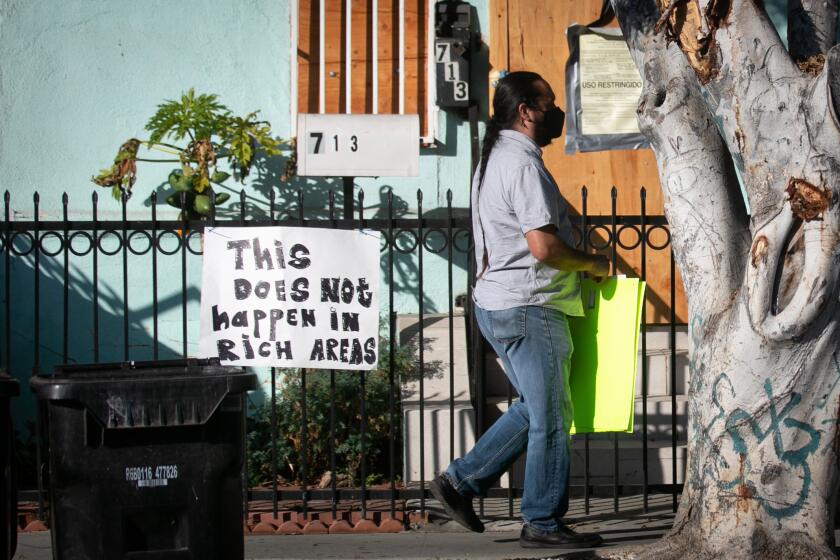L.A. to pay $21 million in settlements tied to botched fireworks detonation by police
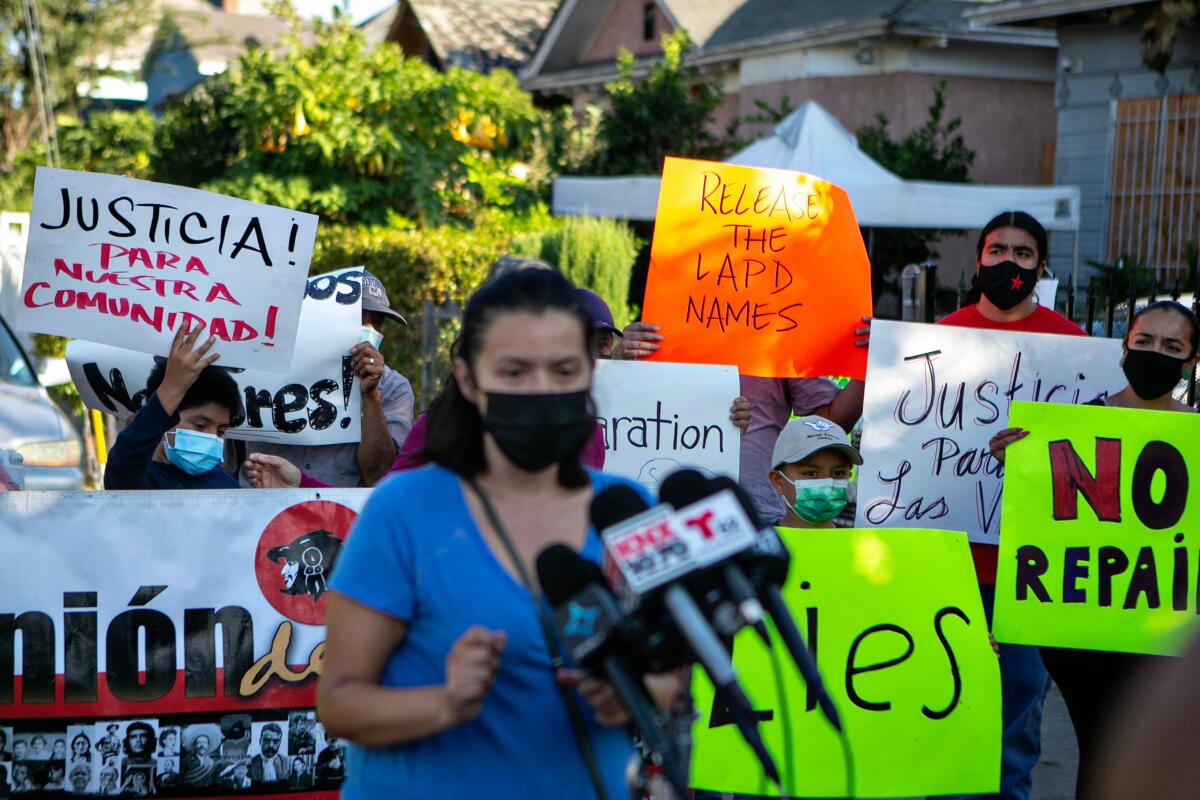
- Share via
Three years after Los Angeles police blew up a South L.A. neighborhood while detonating a cache of fireworks, the city will pay more than $21 million to resolve the claims of many residents who were displaced and are still living in a hotel.
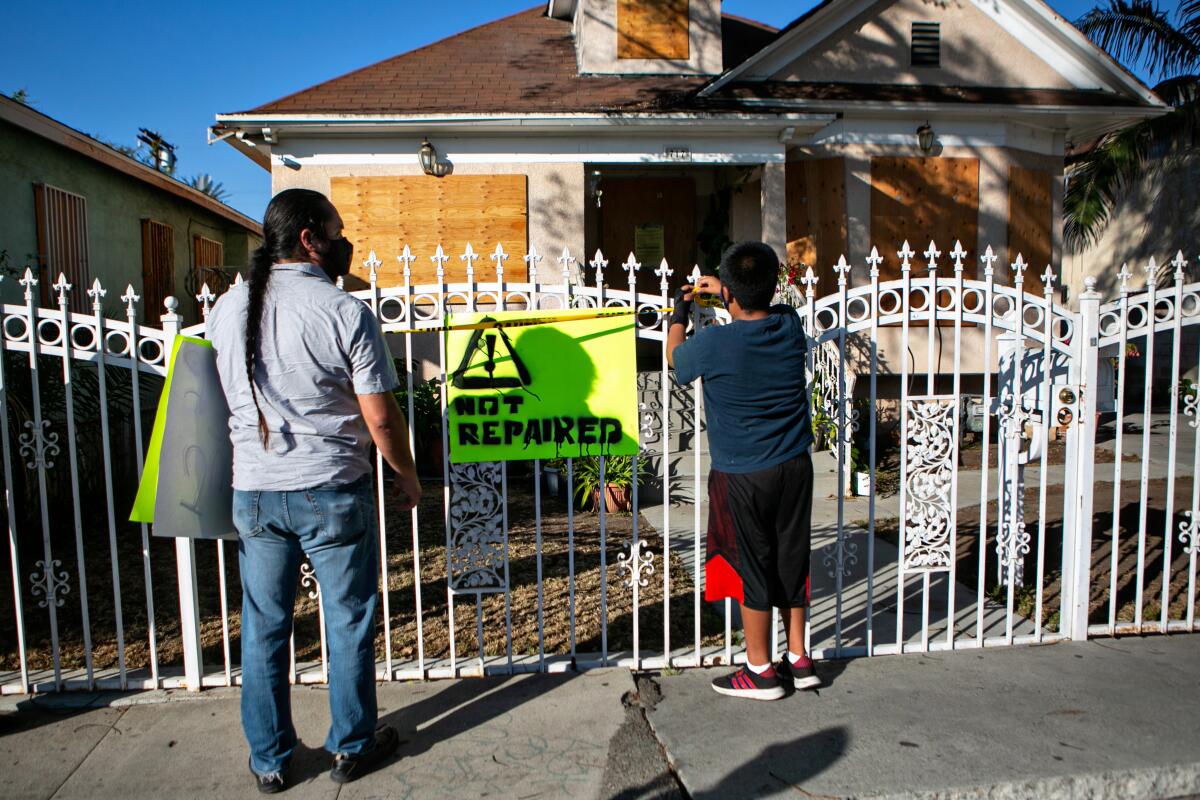
The City Council unanimously approved settlements with more than a dozen residents on Tuesday, days after the anniversary of the June 30, 2021, blast. The settlements will now go to Mayor Karen Bass for approval.
The city agreed to pay one resident, Lucia Gonzales, $175,000. Rosalina Reyes will receive $1.07 million, which the family’s lawyer said is strictly for property damage and does not include personal injury.
But the largest settlement, to resolve property and personal injury claims of more than a dozen residents of the working-class neighborhood, is $20 million. The awards range from $100,000 to $2.8 million for the 17 claimants.
City Councilman Curren Price, in whose district the explosion occurred, said in a statement Tuesday that the process over the last three years “has been agonizingly slow, and on behalf of the City of Los Angeles, I regret that it took so long to reach this point.”
“The victims of the 27th Street fireworks explosion have endured unimaginable pain and trauma that will last a lifetime,” Price said. “Reaching these financial settlements were a crucial step toward their healing, rebuilding their lives, and finding stability and peace.”
Price amended the motion for the $20-million settlement to also extend the stay at the Level hotel downtown through February for affected residents. He also moved to extend services of All Peoples Community Center, which has been providing assistance and resources to residents since the blast.
City Controller Kenneth Mejia’s office calculated that, as of February, the explosion has cost the city close to $10.5 million.
In an email, Diana Chang, a Mejia spokesperson, said the relocation of displaced residents has cost $5.3 million, in addition to $2.3 million for liability claims, $1.55 million for cleanup and repair, $1.3 million for the LAPD’s containment vehicle — to replace the one destroyed by the blast — and a little more than $44,000 for city labor, not including the cost for police officers.
“The truth is, this incident should never have happened, was entirely preventable, and we’re still reeling from it all these years later,” Price said.
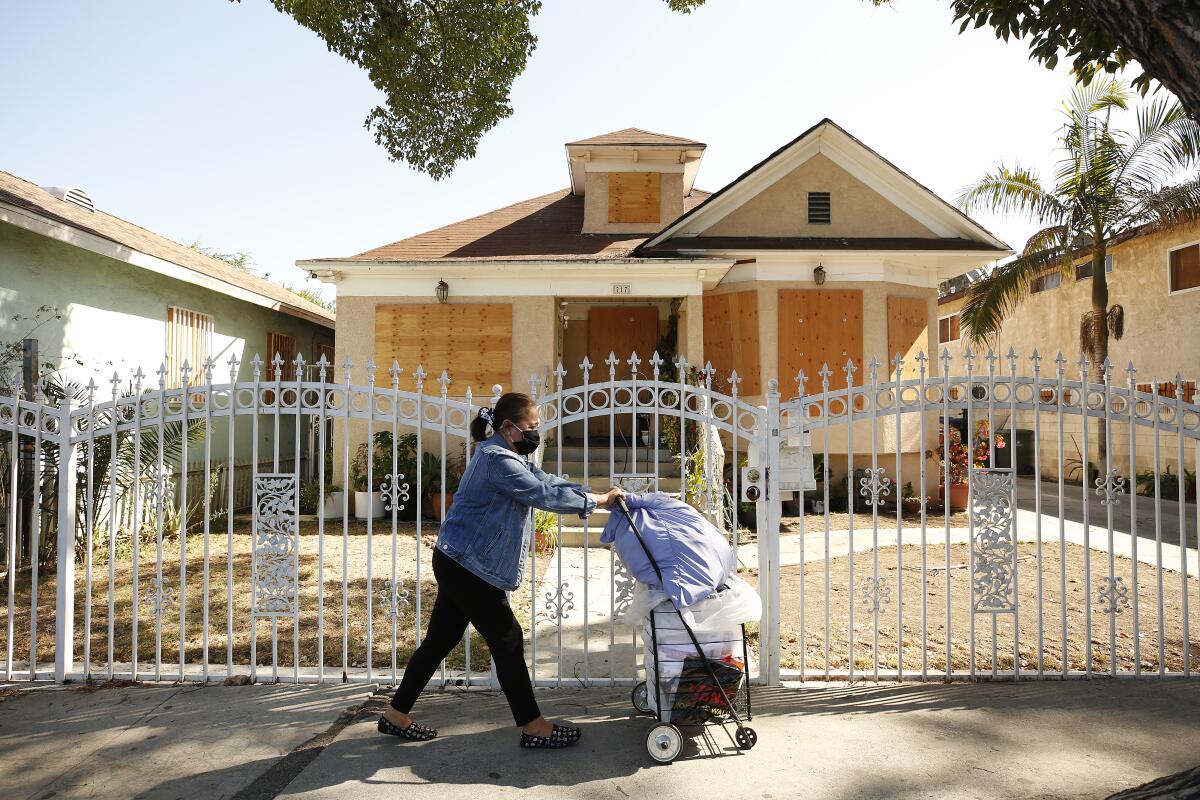
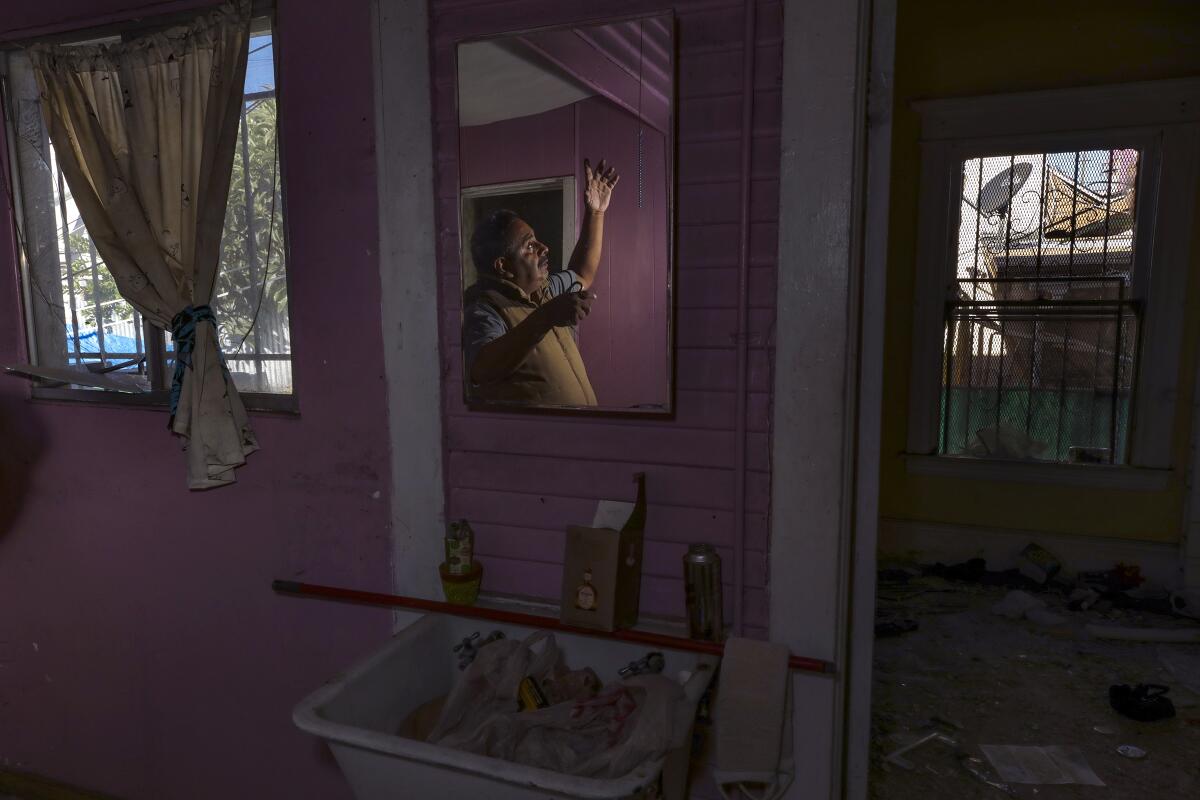
About 42 residents are still living in 13 rooms at Level. The settlements would cover many of those residents, according to city officials. But there are still outstanding claims, including an additional one from the Reyes family.
The city attorney’s office did not provide a breakdown of how many claims remain.
Once the settlement checks are issued, families in the hotel will have up to 90 days to find alternative housing, according to Price’s office.
The agreement “includes provisions allowing individuals adequate time to transition from the hotel,” according to Price’s office.
Kenia Quintanilla, who is part of the larger settlement, said her family is planning to buy a house. But they are waiting until they receive the money to start looking.
“We don’t know where we’re going to go ... but it doesn’t really matter,” Quintanilla said. “Because I just don’t want to be in the hotel. I’m sick and tired of it.”
City Controller Kenneth Mejia’s office said that an additional $1.7 million has been committed, but not yet spent.
On June 30, 2021, the LAPD bomb squad bungled the detonation of a fireworks cache discovered in the backyard of a home on 27th Street. The blast injured 17 people and badly damaged homes. More than 80 residents were displaced.
The illegal fireworks were found at the home of Arturo Ceja III, who pleaded guilty in federal court to unlicensed transport of explosives from Nevada to California. He was sentenced to five months in prison and two years of supervised release. Ceja was not fined and will pay no restitution, the U.S. attorney’s office said.
Despite repeated demands from residents who lost their homes to the blast, the names and formal discipline of officers involved in the matter had largely remained veiled, because of the LAPD’s secretive disciplinary system and its refusal to discuss personnel matters. Last year, The Times identified the bomb squad personnel involved.
Among them was Det. Damien Levesque, the supervisor on scene who repeatedly walked away from critical discussions about the safety of the operation; Mell Hogg, the lead technician who did not weigh the powder from the fireworks the team intended to detonate and instead grossly underestimated its explosive power; Mark Richardson, who helped Hogg X-ray samples of the explosives; Brendan McCarty, who warned his fellow technicians and Levesque that the plan was not safe; Thomas Deluccia, who helped load the commercial fireworks discovered at the home; and Stefanie Alcocer, who was primarily responsible for constructing a countercharge, the explosive used to detonate the fireworks inside the department’s “total containment vessel,” which failed in the blast.
Bomb technicians at the scene believed the maximum capability of the containment vessel was 40 pounds of net explosive weight, according to the Los Angeles Police Department inspector general’s report. But the vessel actually was rated to handle only 33 pounds of explosives.
The federal Bureau of Alcohol, Tobacco, Firearms and Explosives later determined the bomb squad had loaded the vessel with 39.8 pounds of explosives. That amount includes the countercharge.
“It is my firm expectation that the LAPD has learned from this disaster and has taken every necessary step to prevent such tragedies from occurring ever again in the future for the sake of our City,” Councilman Price said in his statement.
Times staff writer David Zahniser contributed to this report.
More to Read
Sign up for Essential California
The most important California stories and recommendations in your inbox every morning.
You may occasionally receive promotional content from the Los Angeles Times.

